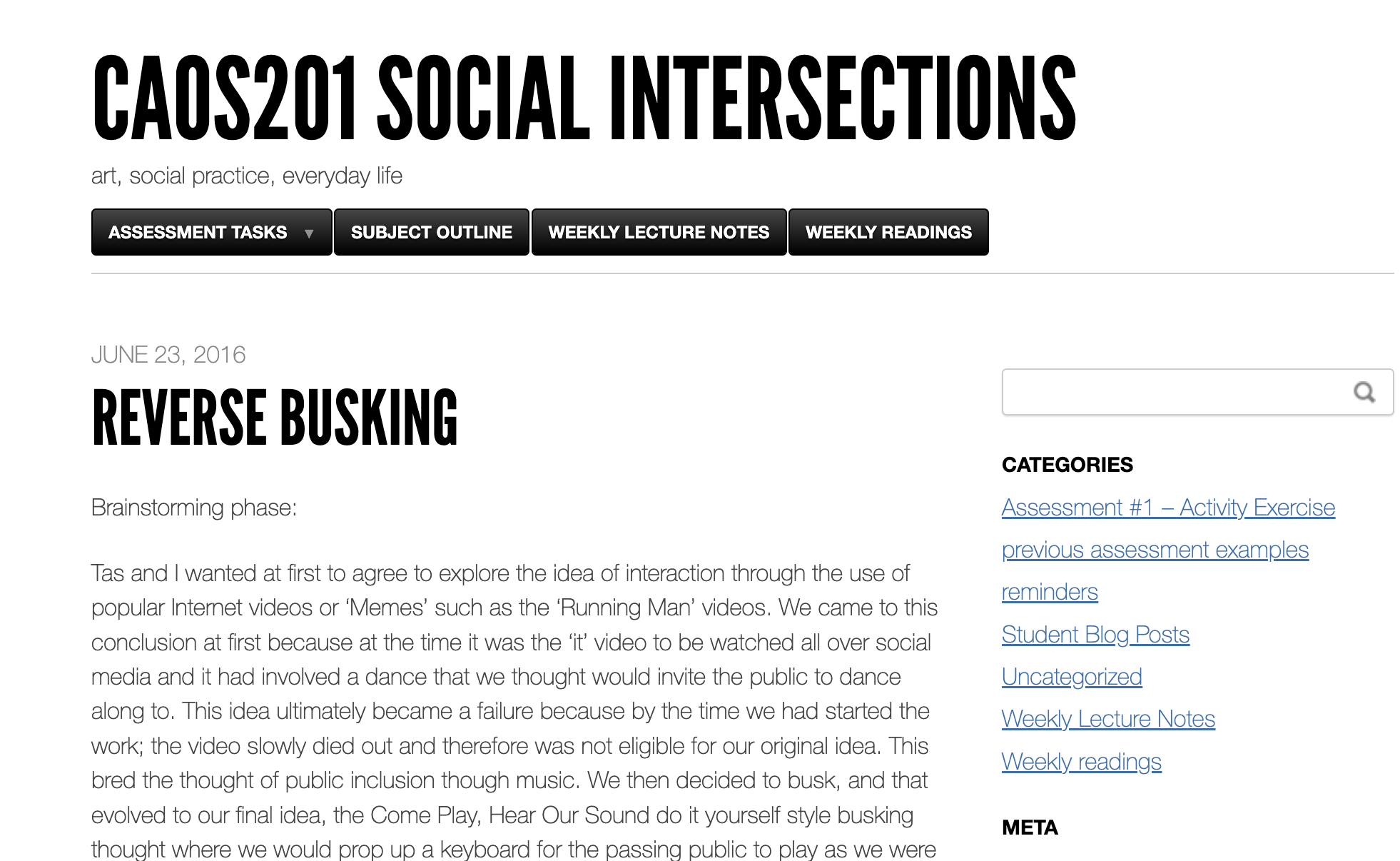I wrote the following post during 2012, on my class blog for MEDIA ARTS 301. I’m transposing it here as it may have broader appeal… It details a collaborative project, involving pigeons, which I am keen to get off the ground, working with media arts students. So far I’ve not found the right class or assignment to slot it into. It could even be carried out with a small group of students who have already graduated, as a pathway project to working collaboratively outside the university context.

Ok, so I want to begin by saying, I have no idea what the term “Dubstep Pigeons” could even mean.
A quick google shows that it’s the name of a live music act in northern England. I imagine that band is probably really good (and I love their logo), but apart from the “music” part, they don’t really have anything to do with this project.
It was Stacey [media arts student 2012] who came up with this term “Dubstep Pigeons” to describe the collaborative “pigeon project” which I’ve been thinking about for over a year now, and which I’ve been muttering about to anyone who will listen, and which I’ve been looking for an opportunity to carry out. But as I say, its relationship to the respected Dubstep flavour of dance music may only be coincidental…
In the blog entry which follows, I’ll outline my vision for the project. Maybe some of you want to get involved as part of your Major Project for semester 1.
Continue reading
